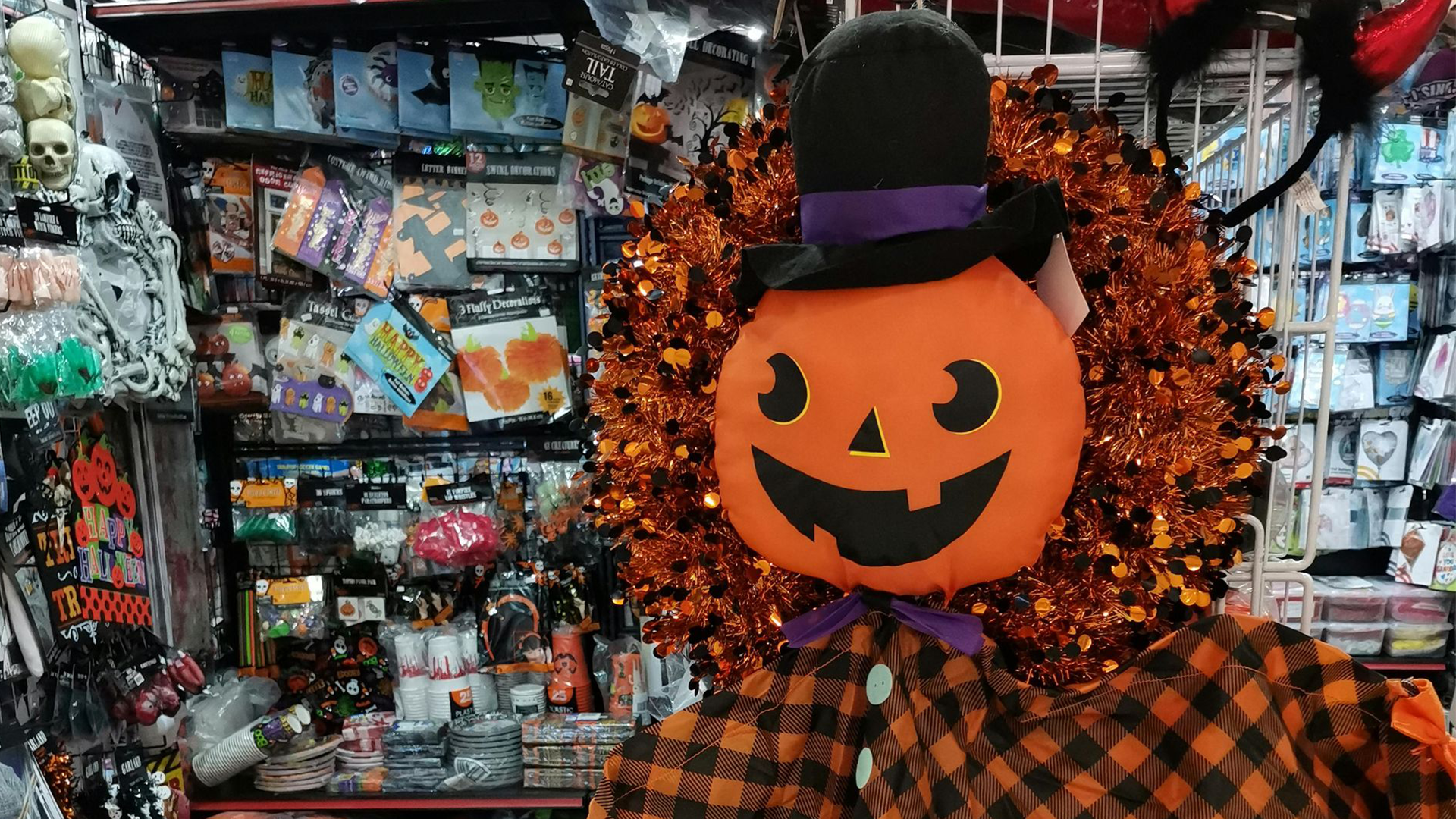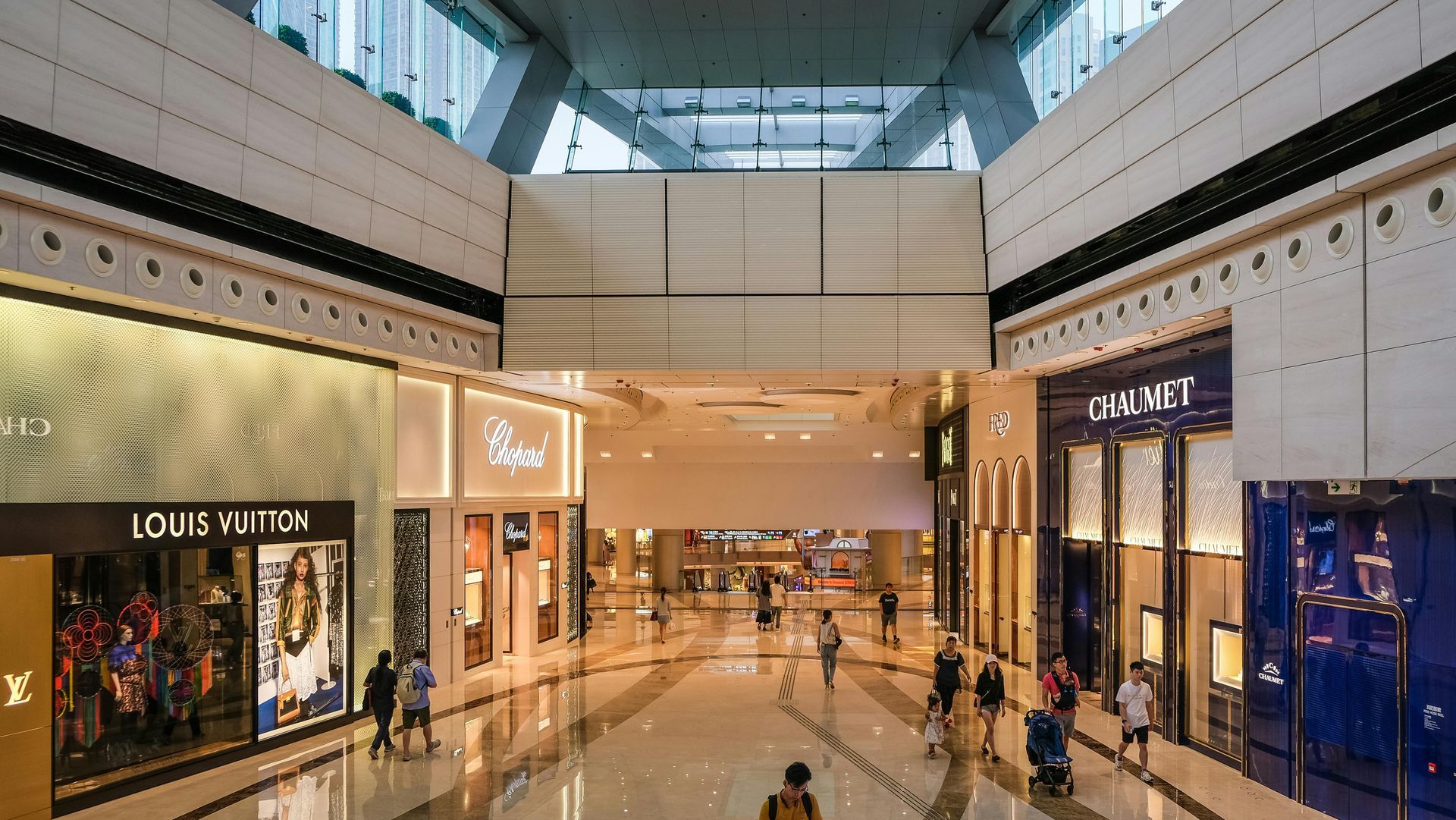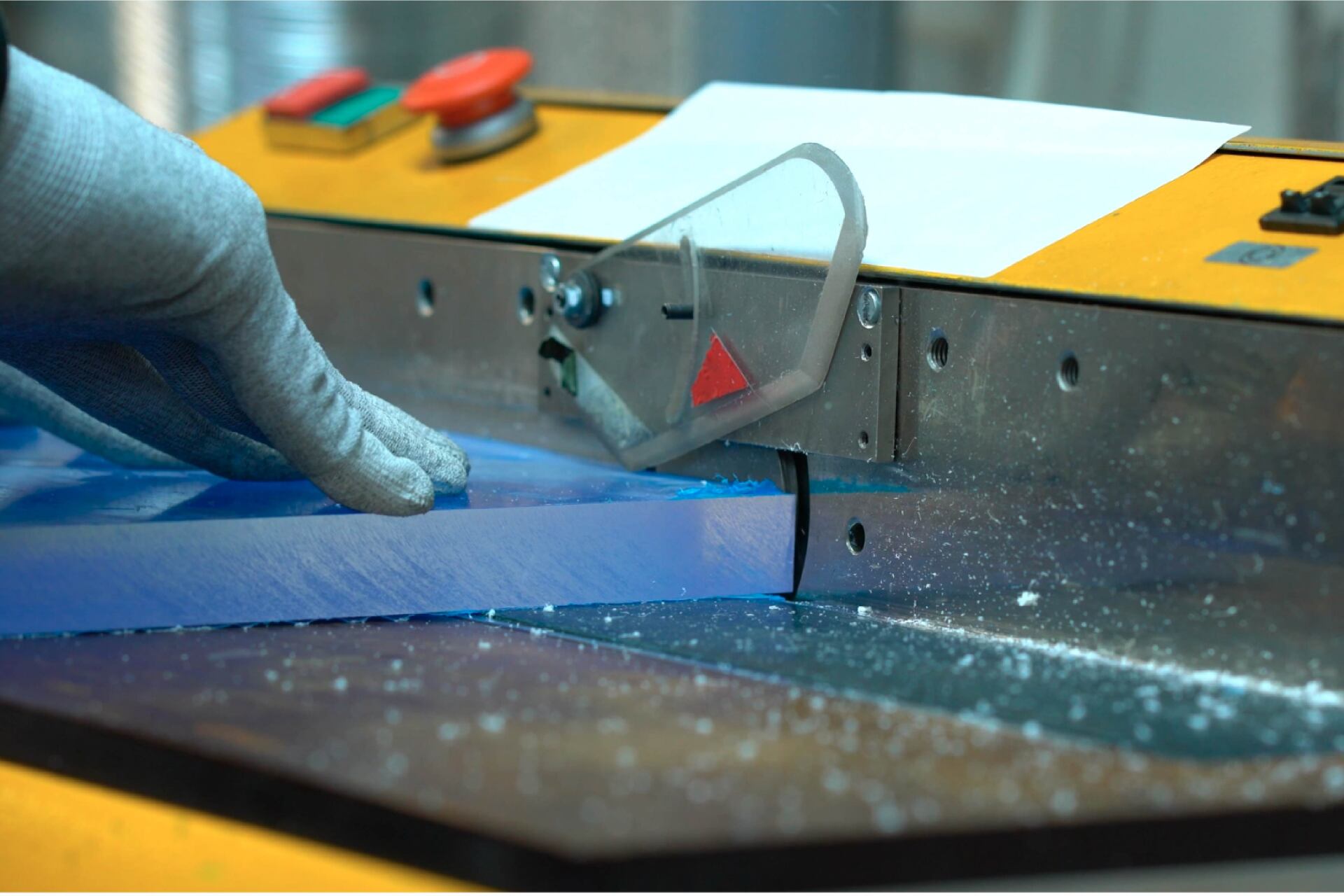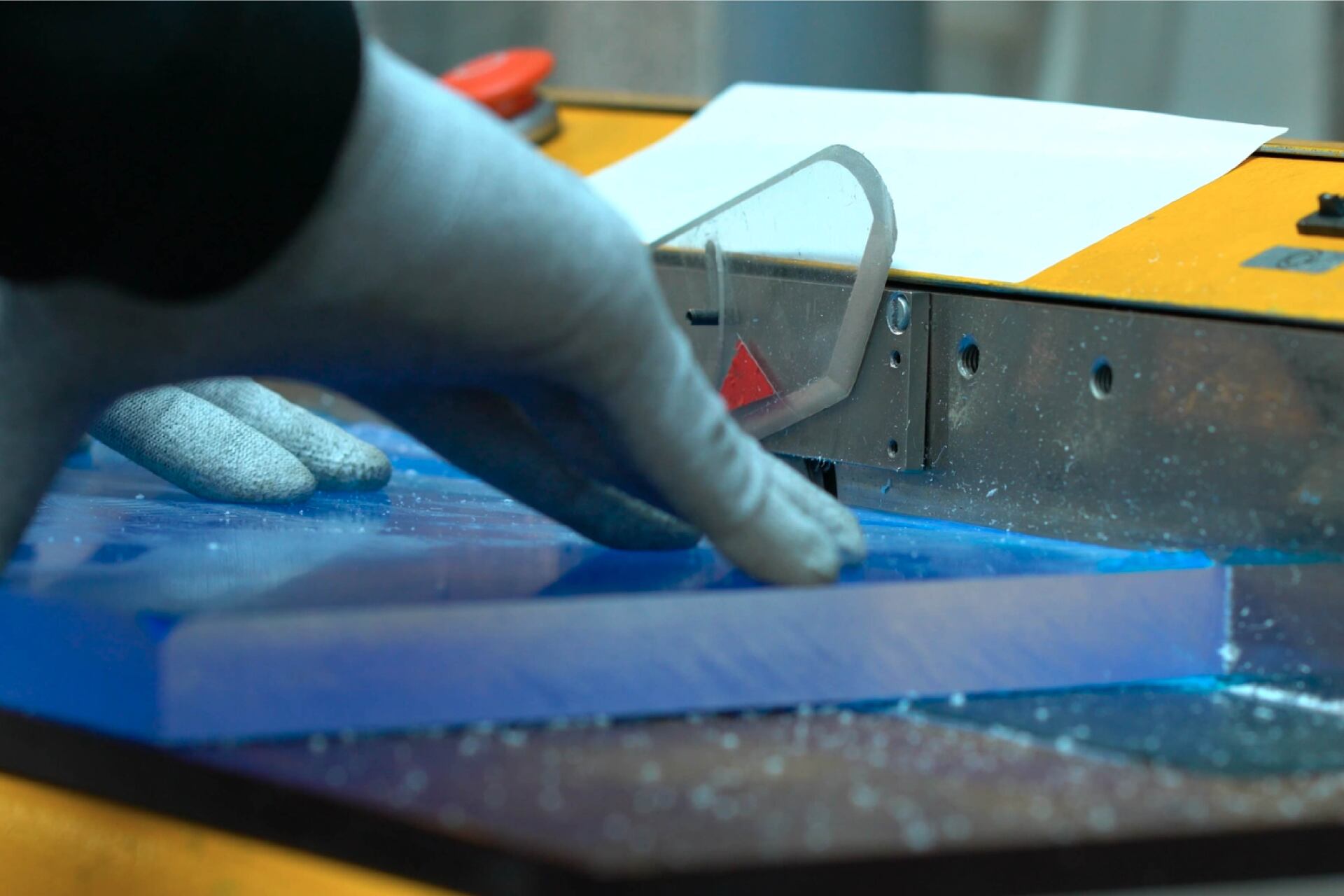Building a Retail Display Strategy for Halloween & Thanksgiving
As Autumn unfolds, two key holidays—Halloween and Thanksgiving—offer retailers a golden opportunity to capitalize on consumer spending.
Retailers must design and implement a compelling retail display strategy to capture attention and increase sales during this period.
Understanding the unique characteristics of both holidays, creating visually captivating displays, and strategically placing products can significantly enhance customer engagement and boost revenue.
Here's a step-by-step guide to crafting an effective retail display strategy for Halloween and Thanksgiving.
Understanding Consumer Mindsets During Fall
Before diving into design and display tactics, it's essential to understand the different mindsets of consumers during Halloween and Thanksgiving.
Halloween
This holiday focuses on fun, excitement, and creativity. Consumers seek costumes, decorations, candy, and themed party supplies.
Halloween shoppers are motivated by the desire to celebrate and entertain, often making last-minute purchases.
Displays should emphasize urgency and fun with a playful, spooky vibe.
Thanksgiving
On the other hand, Thanksgiving centers around family, gratitude, and tradition. Consumers are primarily interested in food, cooking supplies, home decor, and items that enhance gatherings.
Thanksgiving shoppers tend to plan far in advance, so early displays promoting meal preparation, home decorations, and gift-giving ideas can capture attention.
With these consumer tendencies in mind, retailers can craft distinct display strategies that address each holiday's emotional triggers and shopping needs.
Incorporating Seasonal Themes and Colors
The colors and themes associated with each holiday are vital when designing fall displays.
Halloween Colors and Themes
Use black, orange, purple, and green to create a spooky atmosphere. Common themes include haunted houses, ghosts, witches, and pumpkins.
Props like cobwebs, skeletons, and eerie lighting will instantly evoke the Halloween spirit.
Be sure to incorporate these elements to help customers feel the excitement and draw them toward the products.
Thanksgiving Colors and Themes
Conversely, Thanksgiving calls for warm, earthy tones like brown, orange, red, and gold.
Your displays should invoke warmth and comfort with natural elements such as leaves, pumpkins, gourds, and cornucopias. Items that remind people of family gatherings, food preparation, and home coziness are essential.
For both holidays, staying on the theme while rotating seasonal color schemes will make your retail space feel fresh, engaging, and relevant.
Maximizing Visual Merchandising Techniques
Effective visual merchandising is crucial to grabbing shoppers' attention and guiding them toward purchases. Here are some techniques that work well for Halloween and Thanksgiving:
Create Focal Points
Design displays with a clear focal point to draw in the customer.
For Halloween, this could be an eye-catching centerpiece, such as a life-size skeleton, an arrangement of Halloween costumes, or an interactive feature like a fog machine.
For Thanksgiving, a table set for a family feast, a centerpiece of fall flowers, or a display of home décor that emphasizes togetherness can serve as focal points.
Use Vertical and Horizontal Space
Take full advantage of your store's vertical and horizontal space.
High shelves can be used for tall decorations, while lower shelves should contain easy-to-grab impulse-buy items like Halloween candy or Thanksgiving spices.
Use floor displays for large items and suspend lighter items, like decorations, from the ceiling.
Lighting
Lighting plays a significant role in the atmosphere of your display.
For Halloween, dramatic lighting can add to the spooky ambiance—consider using black lights, flickering LED candles, or string lights in orange and purple.
For Thanksgiving, warm, soft lighting will evoke a feeling of comfort and home. Consider using spotlights to highlight specific products and displays.

Product Placement and Cross-Merchandising
The placement of products is a strategic element that can make or break your retail display. These strategies will help maximize the impact of your Halloween and Thanksgiving displays.
Front-and-Center Seasonal Displays
As Halloween approaches, put your best-selling costumes, candy, and decorations in prominent, high-traffic areas. These items are often purchased impulsively, so they need to be easy to find.
As Thanksgiving draws near, switch your focus to food-related items, table settings, and home décor.
Cross-Merchandise for Convenience
Cross-merchandising involves placing complementary products together.
For Halloween, pair costumes with accessories, makeup, and candy.
For Thanksgiving, display cooking tools, recipe books, and kitchen gadgets alongside ingredients for popular holiday dishes; this strategy helps customers visualize complete solutions, which increases the likelihood of larger purchases.
Impulse Buys Near Checkout
Both Halloween and Thanksgiving offer plenty of opportunities for impulse purchases. Stock small, inexpensive items like candles, candy, mini decorations, or themed kitchen tools near the checkout. These low-cost items add value to the customer's shopping experience and can drive additional revenue.
Interactive Displays and Experiences
Interactive displays not only entertain but also enhance the retail shopping experience.
Halloween
Set up a photo booth where customers can take pictures in costume or with spooky backdrops - this not only adds to the fun of shopping but also encourages social sharing, which can boost brand awareness.
You can also have interactive displays that let customers touch and try on masks, accessories, and costumes.
Thanksgiving
A tasting station where customers can sample seasonal foods or an interactive cooking demo where they can see specific gadgets in action can increase sales of cooking-related items. In-store events like a Thanksgiving table-setting contest or pumpkin-decorating workshop also create engaging shopping experiences.
Use of Signage and Promotions
Effective signage is another essential component of a successful retail display.
Seasonal Promotions
Use clear, bold signage to advertise special deals or bundles for Halloween and Thanksgiving items. "Buy One, Get One" offers on candy or discounted Thanksgiving tableware sets can attract budget-conscious shoppers.
Holiday Messaging
Make sure your signage fits the mood of the holiday. Halloween signage can be fun and lighthearted, using quirky fonts and images.
Thanksgiving signage should be warm and inviting, with messages focused on family, gratitude, and celebration.
Start Early, Stay Fresh
Timing is everything. Begin your Halloween displays in early September to give customers plenty of time to browse.
After Halloween passes, quickly transition to Thanksgiving displays to catch early planners (even start incorporating them in mid-October).
Regularly refresh your displays by rotating products, rearranging merchandise, and updating decorations to keep the store feeling fresh and relevant.

Work With Exactec
Thoughtfully designing a retail display strategy for Halloween and Thanksgiving can create an immersive shopping experience that resonates with your customers.
By combining seasonal themes, compelling product placement, and interactive elements, you will increase foot traffic, encourage purchases, and make the most of these fall holidays.
Our Exactec team constantly monitors emerging trends and consumer behaviors. We also know the ins and outs of retail displays, acrylic and plastic display fabrication, UV gluing, and more.
Whatever type of retail display you choose for your next project, you want to ensure it is well-made by an expert design team. Exactec has decades of experience creating long-lasting, memorable displays for all clients.
Connect with us to see examples of our work and start discussing your next project!









